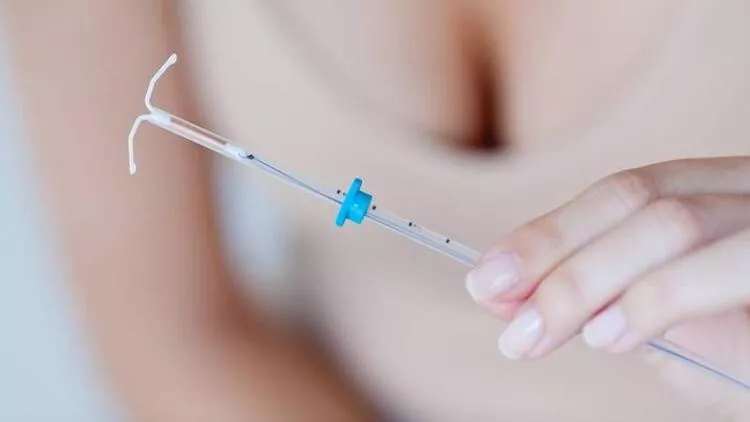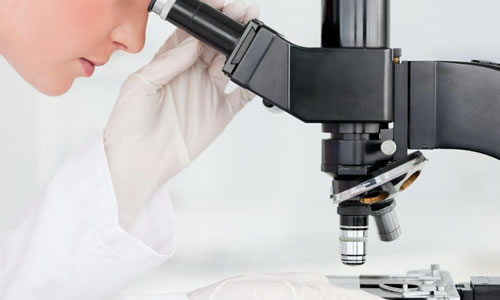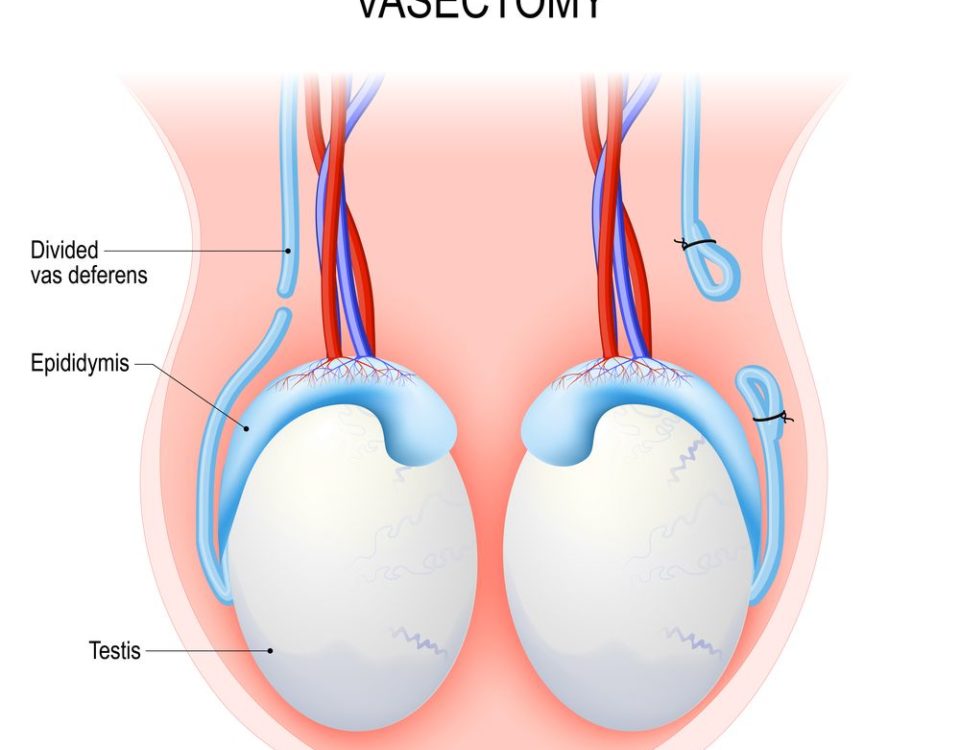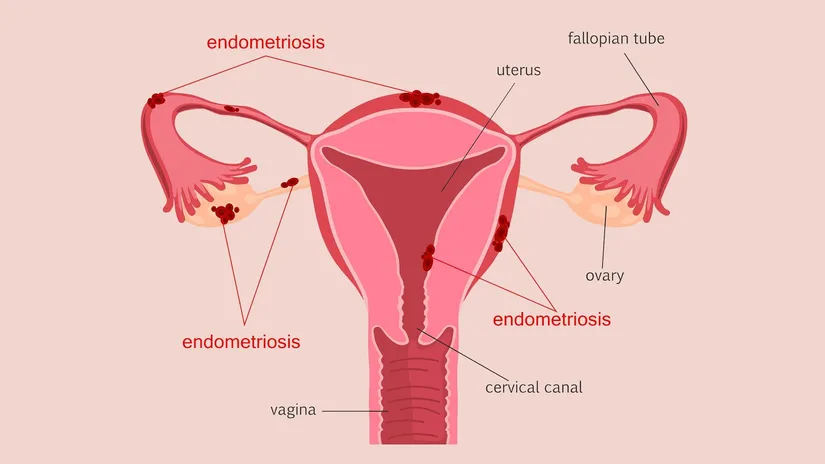The intrauterine device (Ria), commonly known as a spiral, is used as a contraceptive. Spirals have a polyethylene (plastic) structure that prevents a fertilized egg from nesting in the uterus. A spiral, a T-shaped device designed to fit inside the uterus, has copper wire or progesterone hormone added around the rubber body. All spirals have a string at the end for ease of removal.
How does the spiral work?
After the spiral is inserted into the uterus, it is perceived as a foreign body in this area. With this so-called foreign body reaction, the body wages a kind of war against the substance that is foreign to it and tries to eliminate the possible harmful effects of the foreign substance for the body. In doing so, cells gather at the site of the foreign body and cause inflammation, which prevents the fertilized egg from implanting in the uterus. It can therefore be inserted as an emergency contraceptive after unprotected intercourse to prevent pregnancy from implanting in the uterus.
Who Can Have a Spiral?
Women who have not had a pelvic inflammatory disease, gonorrhea or chlamydia infection in the last 12 months and who are not at high risk for sexually transmitted diseases can have a spiral. In addition, breastfeeding mothers can have a spiral 40 days after giving birth, women who have given birth at least once before, women who do not have cervical sores and menstrual irregularities, women who cannot use birth control pills or other hormonal methods for different reasons, women who are looking for a highly effective and long-term birth control method.
How is a spiral inserted?
Before the spiral is inserted, the woman should undergo a gynecological examination during a period without menstruation and find out whether her uterus is suitable for the spiral. The spiral is inserted in the first days of bleeding as the cervix opens slightly during menstruation. It can also be inserted immediately after a miscarriage, abortion or birth. The spiral insertion is easy with a special apparatus and the patient does not experience much pain. However, it is still recommended that the patient takes painkillers about half an hour before the insertion of the spiral to reduce cramps that may occur during or after the procedure.







